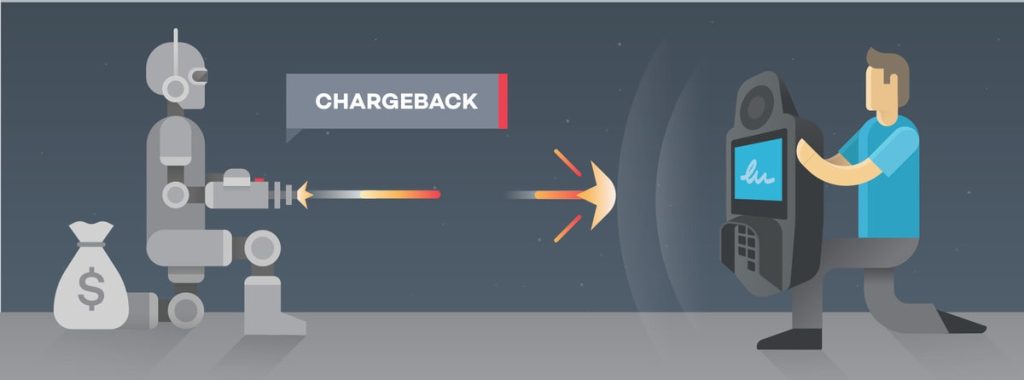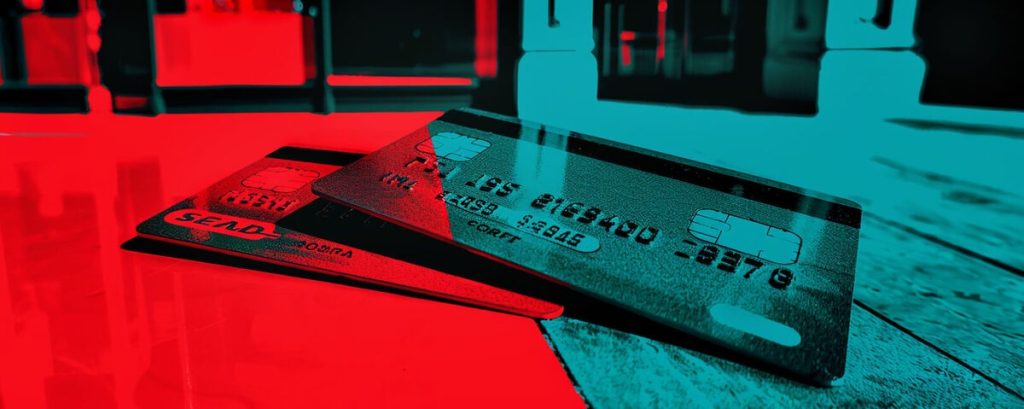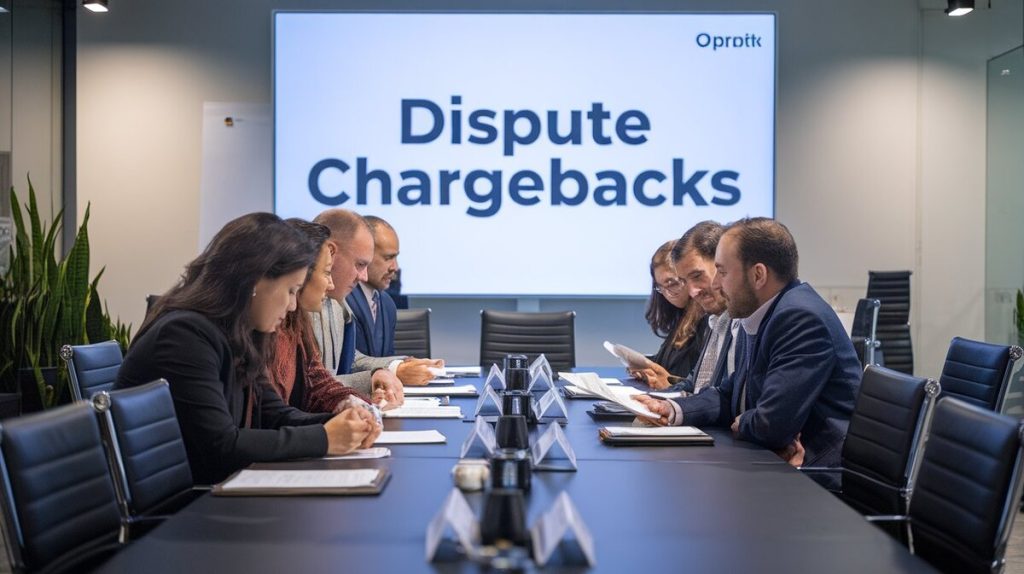Unauthorized chargebacks are a costly challenge for businesses, with card networks like Visa and Mastercard reporting billions of dollars in merchant losses annually. Chargebacks are necessary to protect consumers from fraud, but they often result from disputes that can harm businesses. Here’s a clear guide on disputing unauthorized chargebacks and preventing future occurrences.
What Are Chargebacks and Why Do They Occur?
A chargeback occurs when a customer disputes a transaction, and the card issuer reverses the payment. The system was designed to protect consumers from fraud but has become more complex. Reasons for chargebacks include:
- Fraudulent transactions: Unauthorized charges due to stolen credit cards.
- Product/service dissatisfaction: Issues like defective products.
- Friendly fraud: Customers dispute legitimate transactions, often forgetting the purchase.
- Processing errors: Duplicate or incorrect charges.
The Chargeback Process: Overview
The chargeback process follows these steps:
- The customer disputes a charge with their bank.
- The bank investigates and, if valid, sends the chargeback to the merchant’s acquiring bank.
- The merchant can accept the chargeback or challenge it.
- If the merchant disputes, the case moves through representment or arbitration if unresolved.
Table 1: Chargeback Timeframes by Major Networks
| Network | Dispute Filing Time | Merchant Response Time | Arbitration Time |
|---|---|---|---|
| Visa | 120 days | 30 days | 45 days |
| Mastercard | 90 days | 30 days | 60 days |
| Amex | 120 days | 20 days | 30 days |

How to Dispute a Chargeback: Step-by-Step
Step 1: Gather Evidence
Merchants need strong evidence to overturn a chargeback. Gather:
- Transaction records: Details of the purchase.
- Communication history: Email or chat with the customer.
- Delivery confirmation: Proof of shipment.
Step 2: Prepare a Response
Your rebuttal must clearly explain why the chargeback is incorrect. Include:
- Summary of the transaction.
- Evidence supporting your claim (transaction records, communications).
Step 3: Submit the Dispute
Follow your bank or payment processor’s instructions. Timing is crucial; typically, merchants have 7-30 days to respond, depending on the card network.
When to Accept a Chargeback
Sometimes, disputing a chargeback isn’t worth the effort. Merchants should accept chargebacks when:
- The transaction is small and not worth the cost of disputing.
- You lack sufficient documentation to prove the chargeback is fraudulent.
- The chargeback resulted from a genuine fraud.
Table 2: Cost-Benefit Analysis of Disputing vs. Accepting Chargebacks
| Transaction Size | Chargeback Fee | Cost of Dispute | Arbitration Costs |
|---|---|---|---|
| $50 | $20 | $50 | $200 |
| $200 | $35 | $100 | $300 |
| $500 | $50 | $150 | $500 |
Key Challenges in Disputing Chargebacks
Merchants face several challenges when disputing chargebacks:
- Varying regulations: Card networks have different timelines and rules.
- Proof of purchase: Merchants must provide clear, compelling evidence.
- Arbitration costs: Losing in arbitration can result in fees up to $500.
- Customer reputation risk: Excessive chargebacks damage the merchant’s reputation with payment processors.
To avoid these pitfalls, partnering with industry experts helps streamline the process. For example, Merchanto.org, a trusted partner of Visa and Mastercard, offers real-time chargeback prevention and monitoring. Their solutions can save merchants time and money by helping them respond quickly to chargeback claims. Learn more here.
Common Chargeback Prevention Strategies
Preventing chargebacks is more effective than disputing them. By using preventive strategies, merchants can reduce disputes:
- Clear Communication: Ensure customers understand product descriptions, billing terms, and return policies. Confusion over unclear terms is a leading cause of chargebacks.
- Accurate Billing Descriptors: Use clear, recognizable billing descriptors to prevent disputes over unrecognized charges.
- Fraud Detection Tools: Implement CVV verification, address verification (AVS), and 3D Secure to prevent unauthorized transactions.
- Customer Service: Address customer complaints promptly to resolve issues before they escalate into chargebacks.
Table 3: Fraud Prevention Tools and Their Effectiveness
| Tool | Reduction in Chargebacks (%) | Cost of Implementation |
|---|---|---|
| CVV Verification | 20-30% | Low |
| Address Verification (AVS) | 25-35% | Low |
| 3D Secure Authentication | 40-60% | Medium |

Detailed Explanation of Chargeback Types
Merchants need to understand the types of chargebacks they may face. Different chargeback types require different defense strategies:
- Fraud-related chargebacks: Customers claim they did not authorize a transaction.
- Use fraud detection tools to reduce unauthorized transactions. Visa recommends address verification and two-factor authentication for reducing fraud.
- Service-related chargebacks: Customers claim dissatisfaction with the service or product.
- Have a clear, customer-friendly return policy. According to Mastercard, 60% of chargebacks come from service issues.
- Processing errors: Duplicate charges or incorrect amounts.
- Ensure billing systems are accurate. Avoid manual entry errors.
Importance of Timely Responses
Time is critical in disputing chargebacks. Visa gives merchants 30 days to respond, while Mastercard offers 90 days. Missing deadlines results in automatic losses for merchants.
Conclusion: Protect Your Revenue
Chargebacks are a challenge, but merchants who understand the dispute process, prepare compelling evidence, and implement fraud prevention strategies can significantly reduce chargeback losses. Tools like CVV verification and 3D Secure help detect fraud before it affects your business.
By following these steps and adopting preventive measures, merchants can maintain lower chargeback ratios and protect their businesses from unnecessary financial strain.



